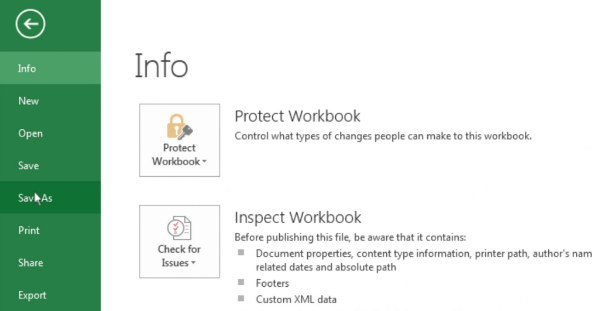Microsoft’s Cloud Bet Continues with Office 365 Home Premium
Microsoft has launched Office 365 Home Premium, a cloud-based suite of productivity tools with a $99.99-per-year subscription fee. The service is a streaming version of Office 2013, an updated version of Office that’s also going on sale today in 162 countries. Microsoft CEO Steve Ballmer used the launch to reiterate his company’s new branding as a “devices and services business,” with an emphasis on software delivered via the cloud. (That branding effort began last October with Ballmer’s shareholder letter.) Office 365 Home Premium features Word, Excel, PowerPoint, OneNote, Outlook, Publisher, and Access. “Transforming from a software-maker to a devices and services company requires us to make big, bold bets and push our business in new directions,” Ballmer wrote in a Jan. 29 corporate blog posting. “Today’s announcement of Office 365 Home Premium is our next bold step forward.” But the cloud carries significant risks for Microsoft. While the company has long dominated the market for “traditional” productivity software, it faces a more competitive landscape in the cloud, where Google and other firms are doing their best to establish a beachhead for their own products. Google Docs and Zoho Docs, for example, both have their ardent fans among consumers and businesspeople. Indeed, although Microsoft claims healthy growth rates for Office 365, it’s never shared much in terms of actual subscription numbers. “Office 365 adoption increases by X percent in Y region” simply doesn’t mean much without a baseline figure of some sort; and without one, it’s hard to tell how well Office 365 is actually faring in the cloud against Google’s productivity platform. Last summer, it seemed as if Microsoft was trying to prod adoption of Office 365 via price cuts for up to 20 percent for most enterprise plans. Just to add to Microsoft’s fun, there are indications that its Business Division—long a corporate cash cow—may be weakening: revenues for its last quarter dipped 10 percent year-over-year. Microsoft is betting heavily on cloud subscriptions vs. standalone software: signing up for yearlong access to Office 365 is cheaper than buying the boxed version of Office 2013. A single Office 365 license is good for five devices, versus the one PC allowed with each Office 2013 license. Office 365 also includes 60 minutes’ worth of Skype calls each month (Microsoft making good use of its Skype acquisition) and the ability to sync personalized settings across multiple devices. (For those who sign up for Office 365, then decide to abandon ship, ZDNet has a nifty rundown of how long the service will keep your information once the subscription expires.) Can Microsoft, seeking to bolster its all-important Business revenues, persuade enough customers to jump onboard its cloud platform? For executives in Redmond, that’s the all-important question—but given the prominence of Google and other companies in the cloud-productivity space, Microsoft has precious little choice in the matter. Image: Microsoft

